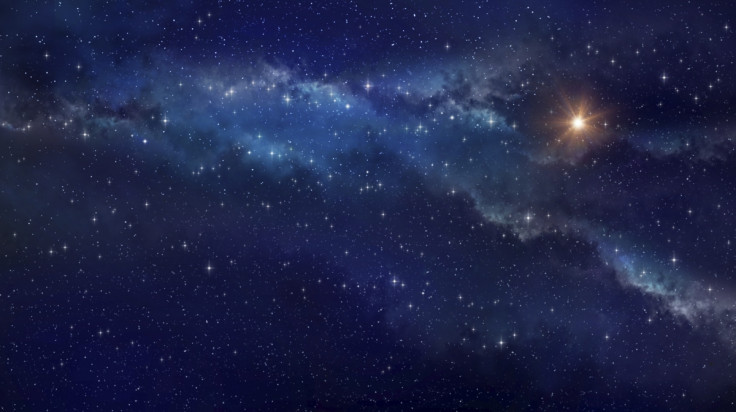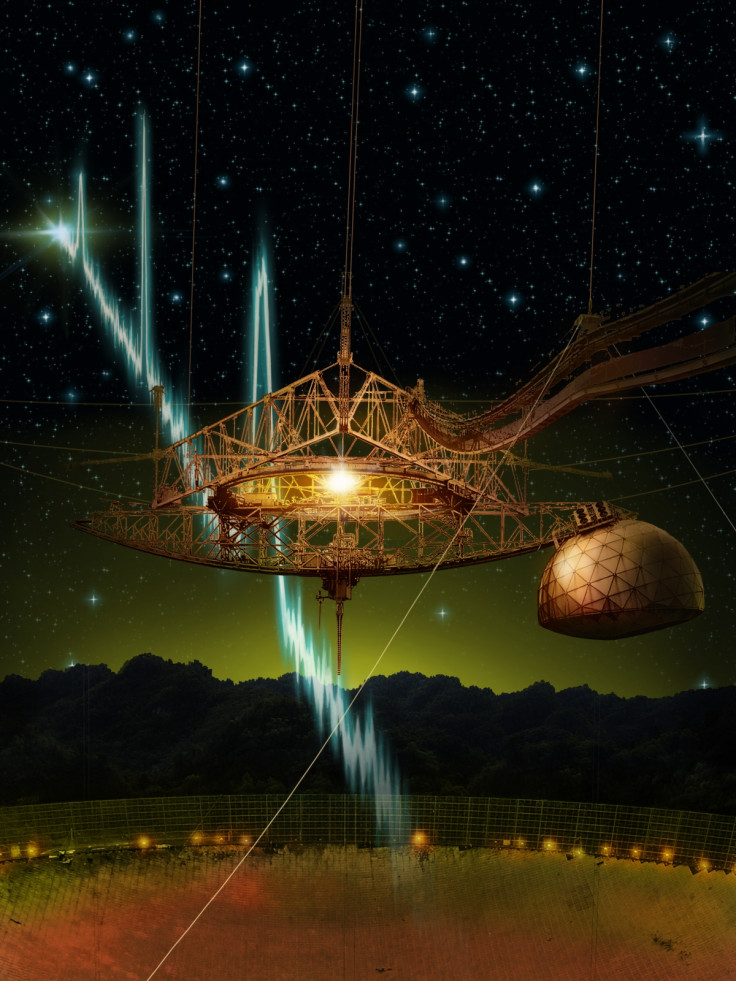FRBs: Mystery repeating radio signals discovered emanating from unknown cosmic source

Repeating radio signals coming from a mystery source far beyond the Milky Way have been discovered by scientists. While one-off fast radio bursts (FRBs) have been detected in the past, this is the first time multiple signals have been detected coming from the same place in space.
FRBs are radio signals from deep space that last for just a few milliseconds. Since their discovery over a decade ago, scientists have been searching for more to try to understand their origin. At present, there are several theories as to what they could be, with most involving some cataclysmic event like a supernova or a neutron star collapsing into a black hole.
All of the events seen so far appear to have been one-offs, with subsequent observations failing to find follow-up bursts coming from the same position as the original. However, an international team of researchers has now discovered an additional 10 bursts coming from the same direction as FRB 121102, using the Arecibo radio telescope in Puerto Rico.
Publishing their findings in the journal Nature, the researchers report the subsequent bursts have the same dispersion measures and sky positions as the original FRB. This, they say, means the source must have survived whatever event caused the FRB to be produced in the first place – i.e. it cannot have been a cataclysmic one-off event. They also found the bursts differed in brightness from other FRBs, suggesting a different source.
Paul Scholz, from McGill University, was the first person to notice the repeating burst: "I knew immediately that the discovery would be extremely important in the study of FRBs."

In the study, researchers suggest the repeating bursts are coming from a very young neutron star. "Although there may be multiple physical origins for the population of fast radio bursts, these repeat bursts with high dispersion measure and variable spectra specifically seen from the direction of FRB 121102 support an origin in a young, highly magnetised, extragalactic neutron star," they wrote.
The team now hopes to identify the galaxy from which the repeating FRBs came from. "Once we have precisely localised the repeater's position on the sky, we will be able to compare observations from optical and X-ray telescopes and see if there is a galaxy there," said Jason Hessels, corresponding author on the study. "Finding the host galaxy of this source is critical to understanding its properties."
Their study follows another paper on FRBs published earlier this month. Also appearing in Nature, researchers announced the discovery of the location and host galaxy of another FRB first discovered in April last year.
They found FRB 150418 had emanated from an elliptical galaxy six billion light years away. Unlike FRB 121102, this burst did not repeat, leading scientists to say it was probably produced by merger event, where two stars that are orbiting each other come together. In the paper, the team also said they believe there are at least two different sources of FRBs.
© Copyright IBTimes 2025. All rights reserved.






















